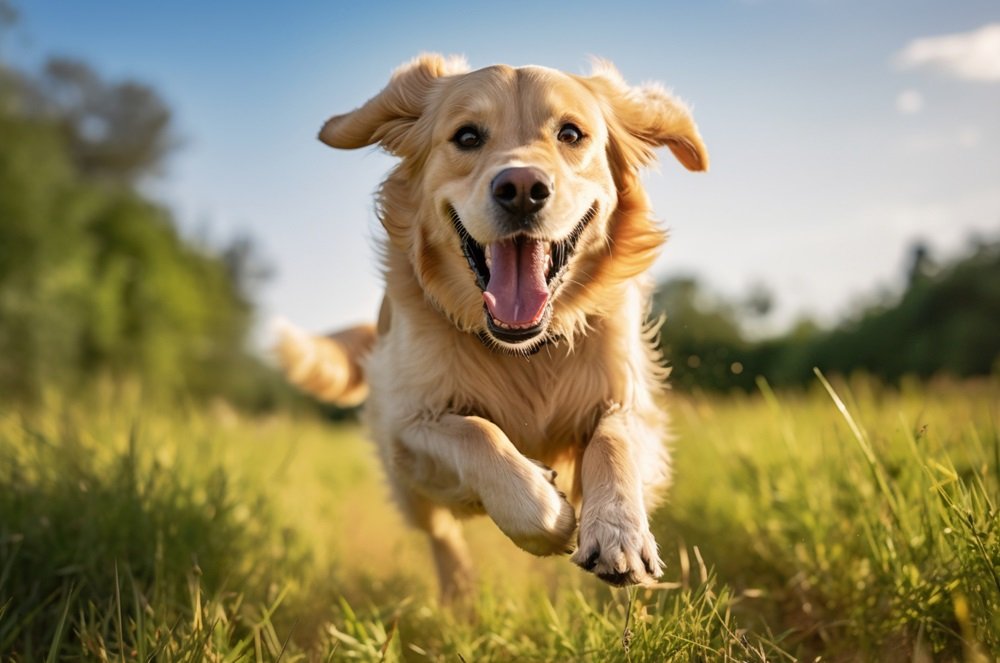A dog’s paws are their most important tools for navigating the world, so any injury to them can be quite painful and disruptive to their daily life. Cuts on a dog’s paw, whether from sharp objects, rough terrain, or even accidental bites, require prompt and proper care to ensure proper healing and prevent infection.
How to Treat a Dog Cut on the Paw
This guide will walk you through the steps of treating a dog cut on the paw, from assessing the severity of the wound to providing appropriate first aid and aftercare.
Why is This Important?
Promptly treating a paw cut is crucial for several reasons:
- Pain Relief: Cuts can be very painful for dogs, and addressing the pain quickly will help them feel more comfortable.
- Infection Prevention: Paws are exposed to dirt, bacteria, and other contaminants, making them susceptible to infection. Cleaning and disinfecting the wound is essential to minimize this risk.
- Proper Healing: By providing the right care, you can promote healthy tissue regeneration and prevent complications such as scarring or delayed healing.
How to Treat a Dog Cut on the Paw
A cut on your dog’s paw can be a painful and concerning experience. Whether it’s a minor scrape or a deeper wound, prompt and proper care is essential to ensure your furry friend heals quickly and without complications. This guide will walk you through the steps of treating a dog cut on the paw, from initial assessment to follow-up care.
Assessing the Injury
The first step is to carefully assess the severity of the cut. Look for the following:
- Depth of the cut: Is it a superficial scratch or a deep gash?
- Bleeding: Is the bleeding heavy or minor?
- Signs of infection: Does the area appear red, swollen, or pus-filled?
- Foreign objects: Are there any embedded objects in the wound?
If the cut is deep, bleeding heavily, shows signs of infection, or has embedded objects, it’s crucial to seek immediate veterinary attention. (See Also: How To Make Chicken Jerky For Dogs)
First Aid for Minor Cuts
For minor cuts that are not deep or bleeding profusely, you can provide first aid at home. Follow these steps:
1. Control Bleeding
Apply gentle pressure to the wound using a clean cloth or gauze pad. If the bleeding continues, elevate the paw above the heart level.
2. Clean the Wound
Once the bleeding is controlled, gently clean the wound with lukewarm water and mild, unscented soap. Avoid using hydrogen peroxide or rubbing alcohol, as these can damage tissue.
3. Apply Antibiotic Ointment
After cleaning, apply a thin layer of antibiotic ointment to the wound to help prevent infection.
4. Cover the Wound
Protect the wound with a sterile bandage or gauze pad. Make sure the bandage is snug but not too tight, as it should allow for some airflow.
Preventing Infection and Promoting Healing
To minimize the risk of infection and promote healing, follow these tips: (See Also: Can Dogs Get Hiv From Humans)
- Keep the wound clean and dry. Change the bandage daily or as needed.
- Monitor the wound for signs of infection, such as redness, swelling, pus, or a foul odor.
- Restrict your dog’s activity to prevent further injury to the paw.
- Follow your veterinarian’s instructions regarding pain medication or antibiotics.
When to See a Veterinarian
While minor cuts can often be treated at home, it’s essential to seek veterinary attention in the following cases:
- The cut is deep or gaping.
- Bleeding is heavy or doesn’t stop after 10 minutes of direct pressure.
- There are signs of infection.
- The cut involves tendons, ligaments, or bones.
- You suspect your dog may have stepped on something sharp or poisonous.
Recap
Treating a dog cut on the paw involves assessing the severity of the injury, providing appropriate first aid, and taking steps to prevent infection and promote healing. For minor cuts, you can often manage the wound at home. However, it’s crucial to seek veterinary attention for deep cuts, heavy bleeding, signs of infection, or any other concerning symptoms. By following these guidelines, you can help your furry friend recover quickly and comfortably.
Frequently Asked Questions About Treating a Dog Cut on the Paw
What should I do if my dog has a cut on their paw?
First, assess the severity of the cut. If it’s a minor scrape, you can clean it at home. However, for deep cuts, bleeding that doesn’t stop, or signs of infection (redness, swelling, pus), seek immediate veterinary attention.
How do I clean a cut on my dog’s paw?
Gently rinse the cut with lukewarm water and mild, unscented soap. Avoid using hydrogen peroxide or rubbing alcohol, as these can damage tissue. Pat the area dry with a clean towel.
Can I put antibiotic ointment on my dog’s paw cut?
It’s generally safe to apply a thin layer of pet-safe antibiotic ointment to minor cuts. However, always consult your veterinarian first, especially if the cut is deep or infected. (See Also: Can Dogs Have Grilled Cheese)
How can I prevent my dog from licking their paw wound?
Constant licking can delay healing and introduce bacteria. You can try using an Elizabethan collar (cone) to prevent access to the wound. Alternatively, consider bitter-tasting sprays or bandages designed for paws.
When should I take my dog to the vet for a paw cut?
Seek immediate veterinary care if the cut is deep, bleeding profusely, shows signs of infection, or if your dog is in pain or limping excessively.


